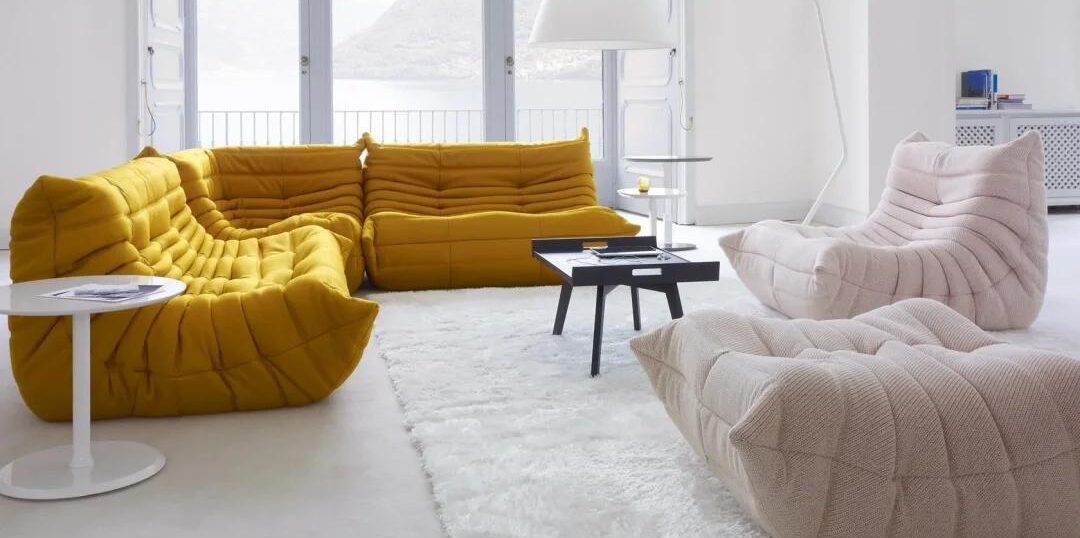Can you imagine a world like this: after a long day at work, you return home and want to rest well on the sofa, but you find that your sofa cannot automatically bounce back after resting, or your fridge fails to keep your ice cream frozen for more than a couple of hours? These things really seem to make daily life very terrible, don’t they? Thanks to polyurethane foam materials , we enjoy such a comfortable and efficient life today.
So, let’s embark on a journey to discover the wonder of polyurethane foam materials.
What Are Polyurethane Foam?
Polyurethane foam is a widely used synthetic material, which is famous for its unique properties and diverse applications. It is produced by the chemical reaction between polyether polyol (an alcohol) and diisocyanate (a compound). When these two substances are mixed, they will react chemically to form a foam structure.
Imagine blowing bubbles into a liquid; When the liquid solidifies, these bubbles are wrapped in it. This is exactly what happens in the production of polyurethane foam! The result is a lightweight porous material with excellent properties. The foam structure produced by this reaction is different in density, hardness and elasticity, which is suitable for a wide range of applications.


Where can I find polyurethane foam?
Polyurethane foam is omnipresent! It’s in your home, in your car, and even plays a part in the food you eat (admittedly, not directly added, but it aids in keeping your food cool).
You might encounter it in these places:
- Furniture: Sofas, mattresses, and chairs often utilize polyurethane foam as their filling material.
- Electrical appliances: Refrigerators and freezers employ it for insulation purposes, ensuring that food remains fresh.
- Automobiles: Car seats, instrument panels, and door panels typically incorporate polyurethane foam to enhance comfort and reduce noise levels.
- Building materials: It’s used in walls and roofs to maintain a pleasant temperature inside the house throughout the year.
- Packaging: Occasionally, delicate items are packaged with polyurethane foam, providing excellent protection during transportation.


Types of Polyurethane Foam
Polyurethane foam comes in different types, depending on what you need it for. There are two main types: flexible and rigid.
Flexible polyurethane foam is soft and squishy, perfect for things like mattresses, couch cushions, and car seats. It gives you that nice, bouncy comfort when you sit or lie down.
On the other hand, rigid polyurethane foam is tough and sturdy. It’s great for insulation, like in the walls of buildings or the inside of refrigerators. This type of foam helps keep the cold air in and the warm air out, making sure your fridge stays frosty. There’s also a type called integral skin polyurethane foam, which has a high-density skin and a low-density core. This type is popular in applications requiring durability and a comfortable grip, like tool handles.




Health and Safety Considerations
Polyurethane foam is generally considered safe for most applications. However, some forms of the material can release volatile organic compounds (VOCs), which may cause health issues with prolonged exposure. To address this concern, manufacturers are developing low-VOC and no-VOC formulations to improve indoor air quality.
In addition, polyurethane foam is flammable, which can be a concern in certain applications. To mitigate this risk, flame-retardant additives are often incorporated into the foam to enhance its fire resistance. These additives help slow the spread of flames and reduce the risk of fire-related accidents.
The Future of Polyurethane Foam
Although polyurethane foam has been extremely practical, scientists and engineers are still exploring ways to improve its performance. One of the main goals is to make it more environmentally friendly. At present, most polyurethane foam on the market is made from petroleum derivatives. Researchers are committed to the development of polyurethane foam based on plants, in order to be more environmentally friendly. At the same time, they are also exploring the recycling methods of the polyurethane foam, so that we can reuse it and realize the recycling development of polyurethane foam industry.
New Developments in Polyurethane Foam
In addition to making polyurethane foam more sustainable, researchers are exploring new applications and improvements. For example, scientists are developing bio-based polyurethane foams using natural oils like castor oil and soybean oil. These bio-based foams not only reduce reliance on petroleum but also offer unique properties such as improved flame retardancy and reduced heat release rates. This means that in the future, we might have safer and more environmentally friendly materials for our homes and vehicles.
Another exciting development is the creation of microcellular polyurethane foams. These foams have a fine cellular structure with billions of tiny gas bubbles, making them incredibly durable and resistant to compression. They are used in applications where high performance is needed, such as in protective gear, gaskets, and footwear. For instance, Poron®, a well-known microcellular foam, is prized for its cushioning and sealing abilities and is used in everything from sports equipment to aerospace components.
Conclusion
Alright, let’s take a moment to appreciate the real MVP (Most Valuable Polymer) in our lives: polyurethane foam. Imagine your world without it—your couch would be as forgiving as a wooden bench, your refrigerator would be as effective as a cooler with a leaky lid, and your car seats would feel like riding on a pile of rocks. But thanks to polyurethane foam, we get to enjoy a world where comfort and efficiency are the norm.








